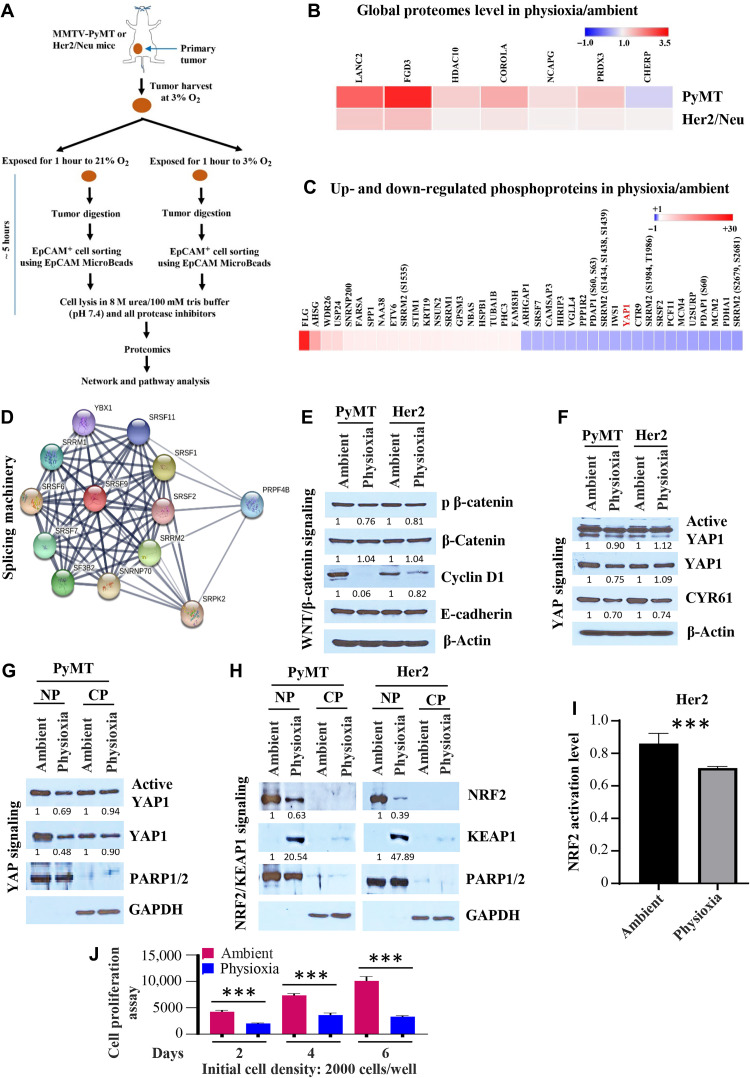Fig. 4. Impact of O2 tension during tumor collection and processing on signaling networks.
(A) Schematic view of experimental design. (B) Heatmap shows elevated protein levels under physioxia compared to ambient air. (C) Heatmap shows the top 40 differentially expressed phosphoproteins in EpCAM+ PyMT tumor cells under physioxia compared to ambient air. (D) STRING network analysis revealed that phosphoproteins described in (C) are part of RNA splicing machinery. (E) Wnt signaling network showed lower activity under physioxia compared to ambient air (n = 3). (F) Levels of total YAP1 protein and its downstream target CYR61 were lower in EpCAM+ PyMT tumor cells under physioxia compared to ambient air (n = 3). (G) Nuclear and cytoplasmic extracts were analyzed for the levels of active and total YAP1. Poly(adenosine diphosphate–ribose) polymerase 1/2 (PARP1/2) and glyceraldehyde-3-phosphate dehydrogenase (GAPDH) were used as loading controls for nuclear (NP) and cytoplasmic (CP) extracts, respectively. (H) EpCAM+ tumor cells processed under ambient air contained higher levels of NRF2 but lower levels of its degrader, KEAP1. PARP1/2 and GAPDH were used as loading controls for nuclear and cytoplasmic extracts, respectively (n = 4). (I) Nuclear extracts of PyMT tumor cells processed under ambient air displayed higher levels of NRF2 activity compared to physioxia (n = 4). (J) PyMT tumor cells processed and grown under ambient air displayed a higher proliferation rate compared to physioxia (n = 6). ***P < 0.001 by ANOVA.

